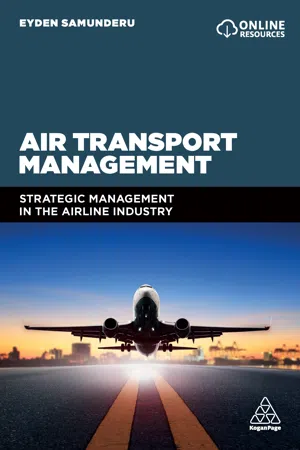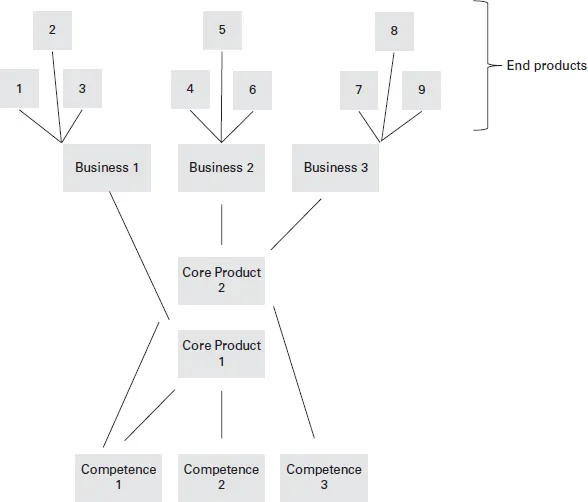
- English
- ePUB (mobile friendly)
- Available on iOS & Android
About this book
The aviation industry is a major driver of world trade. As global markets and economies are constantly evolving, practitioners and academics need more quality information and a broader perspective of aviation management rather than just silo-based knowledge, particularly if they wish to move up the management ladder and progress. Air Transport Management presents the dynamic shifts which have influenced structural changes in the aviation industry, such as the emergence of low cost carriers. These changes have transformed the market, leading to deregulation and consolidation. The author provides a viable road map aimed at giving students and managers in the aviation industry a rigorous understanding on how to manage strategically in complex and turbulent market conditions.
Air Transport Management examines the airline industry structure in terms of entry barriers, competition dynamics and competing business models. With the inclusion of fascinating case studies, this handbook assesses different business models used by international companies and proposes best fit management practices which airlines should follow in order to survive.
Frequently asked questions
- Essential is ideal for learners and professionals who enjoy exploring a wide range of subjects. Access the Essential Library with 800,000+ trusted titles and best-sellers across business, personal growth, and the humanities. Includes unlimited reading time and Standard Read Aloud voice.
- Complete: Perfect for advanced learners and researchers needing full, unrestricted access. Unlock 1.4M+ books across hundreds of subjects, including academic and specialized titles. The Complete Plan also includes advanced features like Premium Read Aloud and Research Assistant.
Please note we cannot support devices running on iOS 13 and Android 7 or earlier. Learn more about using the app.
Information
Measuring airline performance
Core competencies


Table of contents
- List of abbreviations
- 01 The scope of the airline industry
- 02 Growth and change in the airline industry: Air transport liberalization
- 03 The airline alliances
- 04 Airline industry analysis: A structure-conduct-performance perspective
- 05 Airline competing business models
- 06 Airline competition dynamics
- 07 Measuring airline performance
- 08 Strategic groups in the airline industry
- 09 The future outlook of air transport
- 10 Conclusion
- Index